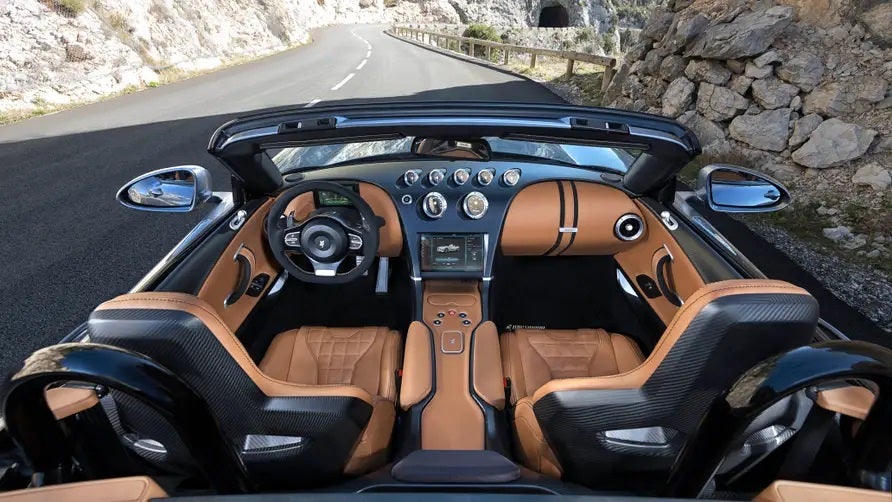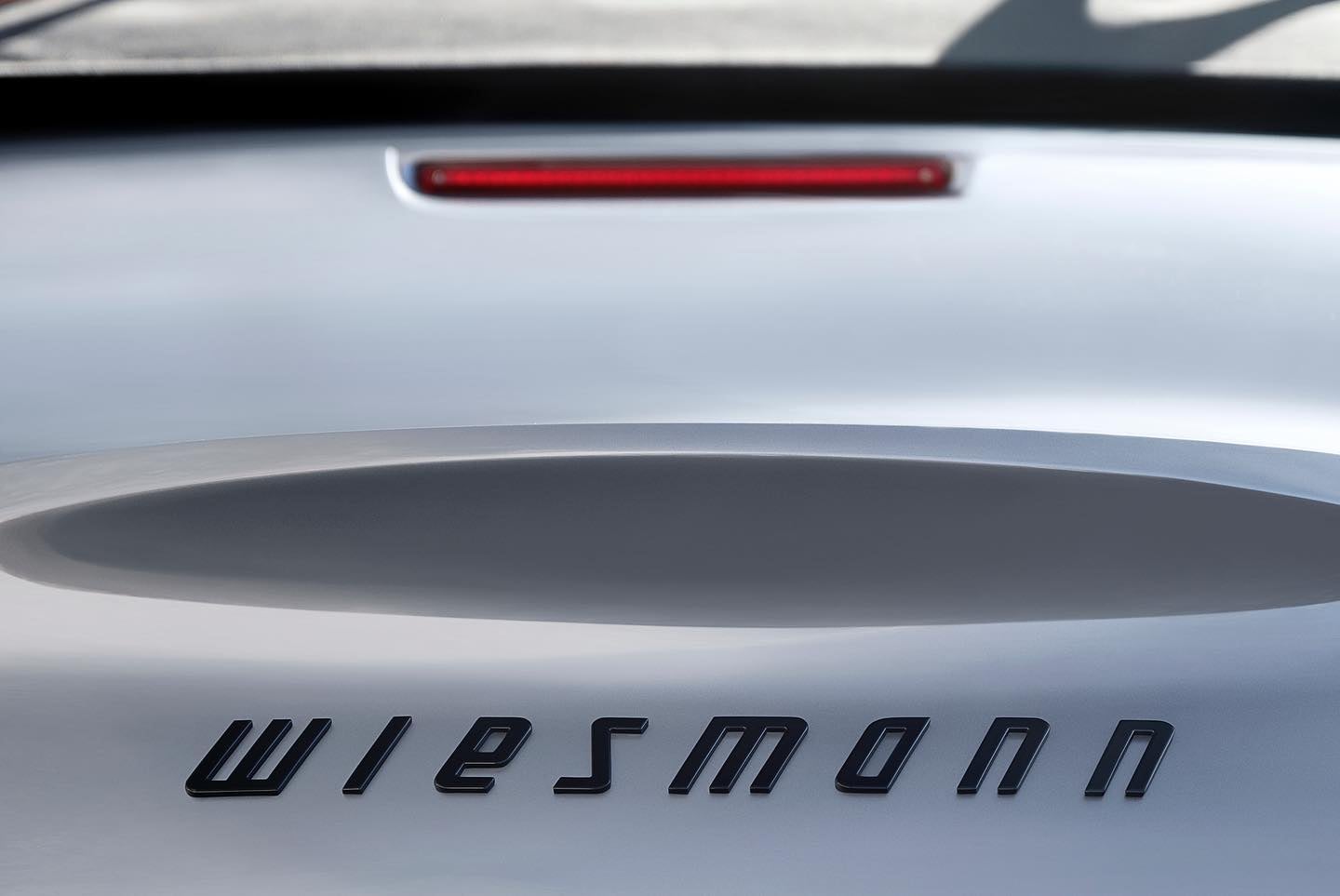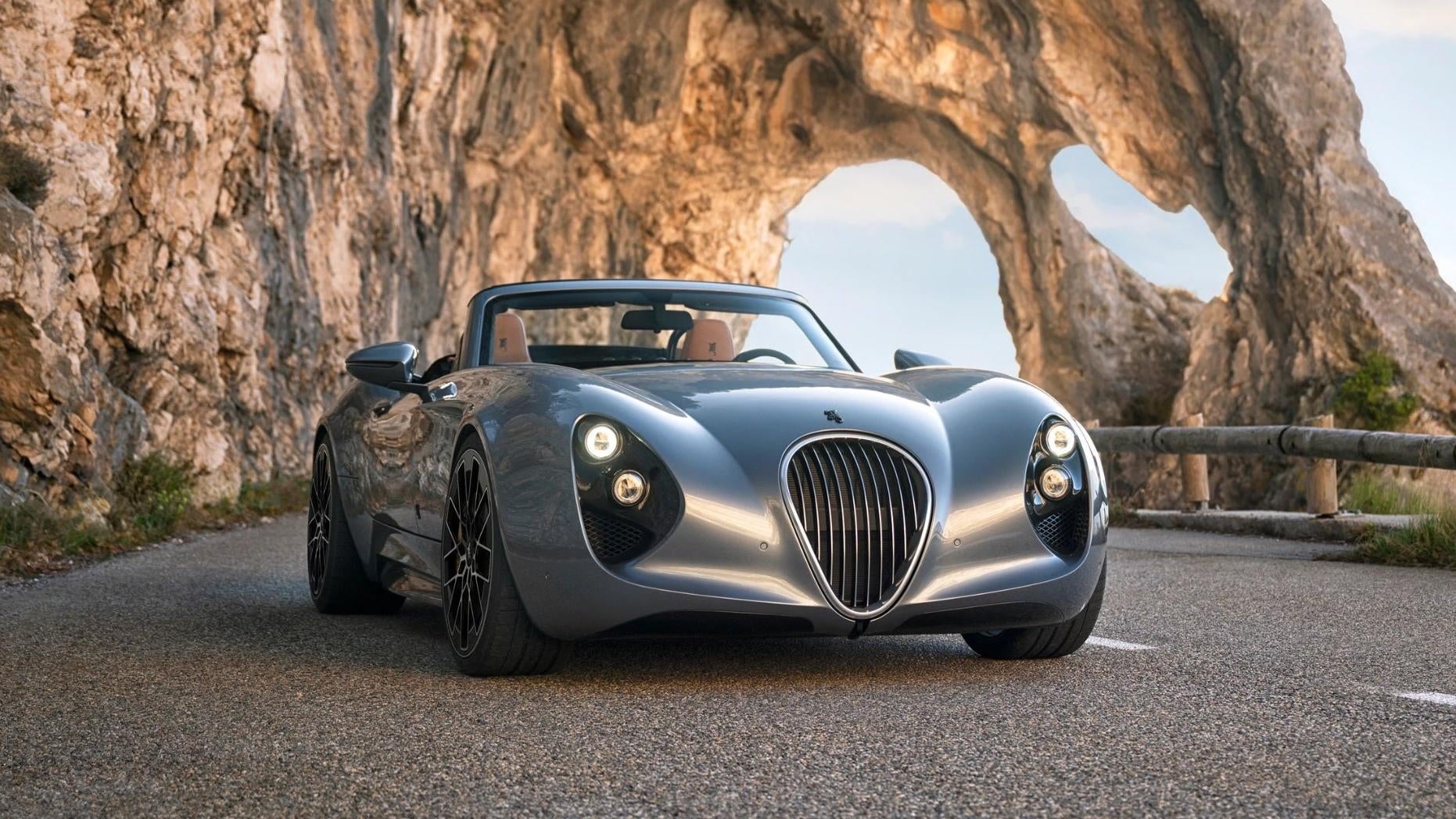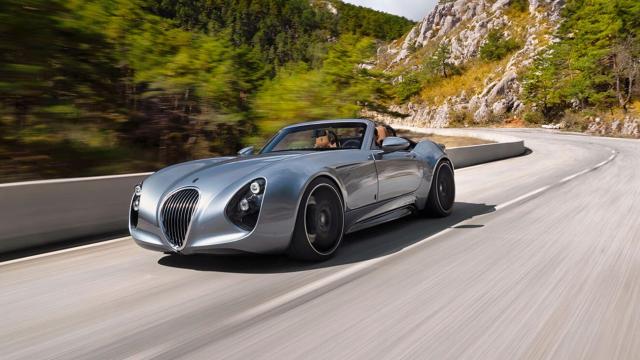German firm Weismann GmbH first popped up on our collective radar in 2005 when it announced the production of a BMW-powered roadster with interesting styling and an impressive power-to-weight. Unfortunately that company folded in 2013 after plans to expand outside of Europe never materialised. An investor purchased what was left of the company and announced in 2020 that the company would be re-firing the kilns to start whipping up a few more of these.

Last month Weismann teased its new Project Thunderball, but failed to provide any details. This week those details came to light, and it’s far more interesting than anyone could have imagined. Gone is the BMW powerplant, and in its place is a bunch of battery and electric motor. Thunderball is still styled like every other Weismann you’ve ever not seen, despite the lack of need for a long hood to house a front-engine. The retro styling is great and all, but what’s the spec?

Weismann says this car is aiming for a 1,678 kg ready-to-drive weight, which is pretty impressive, all things considered. A carbon fibre body and a right-sized 83 kWh battery pack, and RWD architecture means the car doesn’t weigh as much as an Escalade, and should help with the car’s dynamic performance. Even with a normal sized battery, Thunderball is claimed to deliver 501 km of range, and the rear-mounted pair of motors provides 671 horseponies and 247.19 m lubs of torque. That’s good enough for a 2.9-second 0-60 time, and with one motor powering each wheel, likely has a pretty trick traction and torque vectoring systems.

The company says it has attempted to inject “drivers’ car DNA” into its electric machine. “A change in setting gives a purposeful moment of enjoyment to the driver,” says Wiesmann. “Something lacking in most EVs on the market today.” Apparently paddles on the steering column work like shifters, adjusting the car’s regen braking to simulate engine braking. This isn’t brand new tech, but it’s interesting to see it applied to a boutique electric sports car.

So how much for all of this future tech in an old-school wrapper? Apparently it’ll start at 300,000 euros (about $US316,000 ($438,671) at current exchange rates). If you really want one, you can order one right now. There’s no word yet as to whether this one will come to the U.S. market, though. Here’s hoping.
